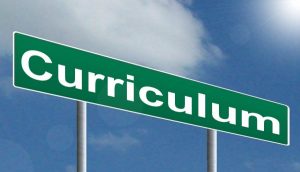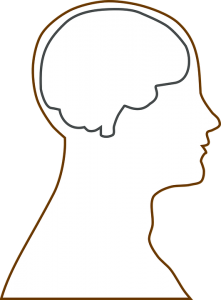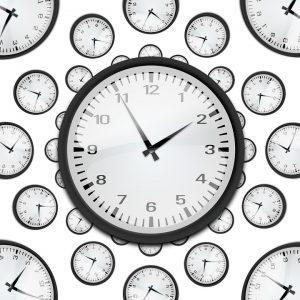In Schulman’s reflections we see the recent development of a distinction between knowledge and pedagogy. The idea of teacher competence has shifted towards competence with pedagogy rather than the historical view of teachers as the holders and disseminators of knowledge. With the emphasis on classroom management, organizational skills, assignment creation and questioning formats, planning and assessment strategies Schulman proposes that an important piece is missing. We should be asking questions about how the content of the lessons is taught. The important questions of where teacher explanations come from, how decisions about teaching are made, how to represent content, how to question students and how to deal with problems of misunderstanding are integral to sound practice. He proposes that by asking these questions we can begin to build information that can address gaps in these areas. Content deserves as much attention as the elements of teaching process.


He disseminates this further, breaking down knowledge into 3 components: content knowledge, pedagogical content knowledge and curricular knowledge, all of which should be robust for education to be rich and for an optimal teaching and learning environment.

In my own classroom I am currently teaching the concept of time to grade 2 students. When teaching this concept, the background knowledge in skip counting by 5’s and well as previous understanding on time to the hour both on analog and digital clocks is helpful. It can be a difficult concept for some students because the numbers on the clock 1-12 also correspond with skip counting by 5’s all the way from 0-60. The hour is 60 minutes, there are 5 minutes between each number on the clock. So, there are a lot of competing mathematical ideas for young children to simultaneously understand. In addition, there are several different names for time. There is 6:30 and half-past 6:00. There are 6:45 and a quarter to 7:00. In addition, with a heavy reliance on telling time digitally, for example on a mobile device, many parents are not discussing time or telling time using an analog clock at home. Yet, it is still in our curriculum.

When I teach time I usually have the children construct a model of their own clock with paper and this is a scaffold for them as we begin to explore the concept. In grade 2 the curriculum asks for us to explore 15 minutes on the clock, so 6:15, 6:30, and 6:45. I begin by reviewing time by the hour and having a discussion with the students about why it is helpful or important to learn to tell the time. We brainstorm ideas and discuss this. Then we begin to map out different important times within the day at school, nutrition break, lunch, recess, etc. On idea I have been reflecting on lately is the fact that time is viewed different within different cultures, and I would like to explore this more fully as I am only teaching from my perspective of linear time. Some cultures believe in circular time. This brings me back to PCK. Just because an educator has knowledge of something does not mean it will fit within the structures of our school. Time is limited and decisions need to be made based on many factors.
Digitally I use an interactive clock on the smart board to practice telling time, and I also have children engaged in time games which helps solidify understandings in a fun way. Telling time is a skill that can be taught in school, but for it to be useful the students need to “need” to use it in real ways in their lives. So I introduce the concept, allow them to try using it in school and hopefully in grade 3 and so on they will continue to grow in their understandings and ‘need” to be able to tell the time.
Shulman, Lee S. (1986). Those who understand: Knowledge growth in teaching. Educational Researcher, 15, 2., pp. 4-14.